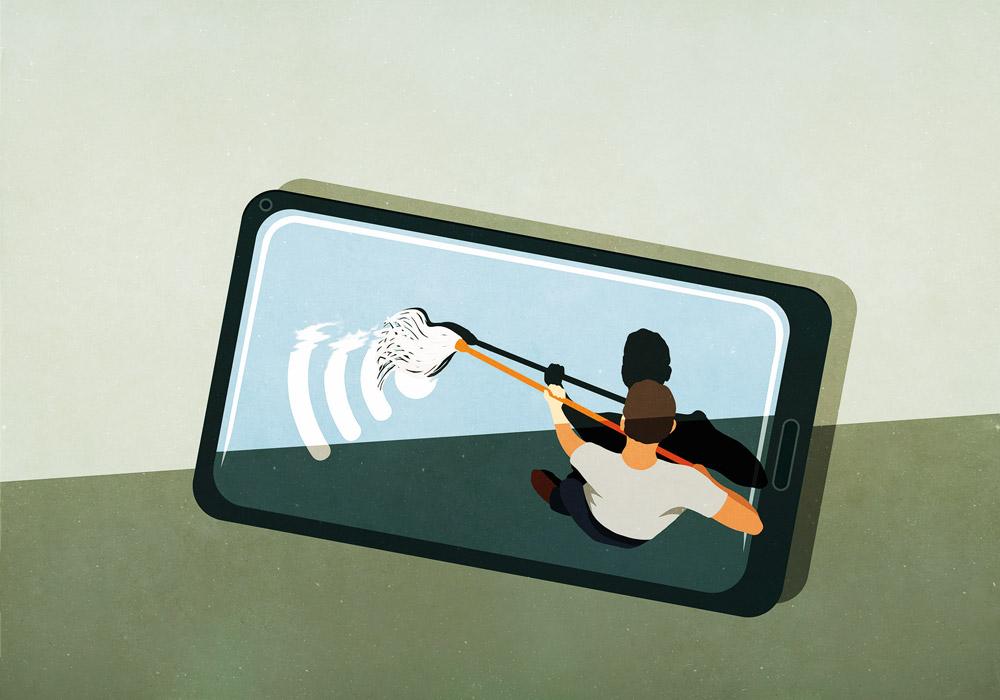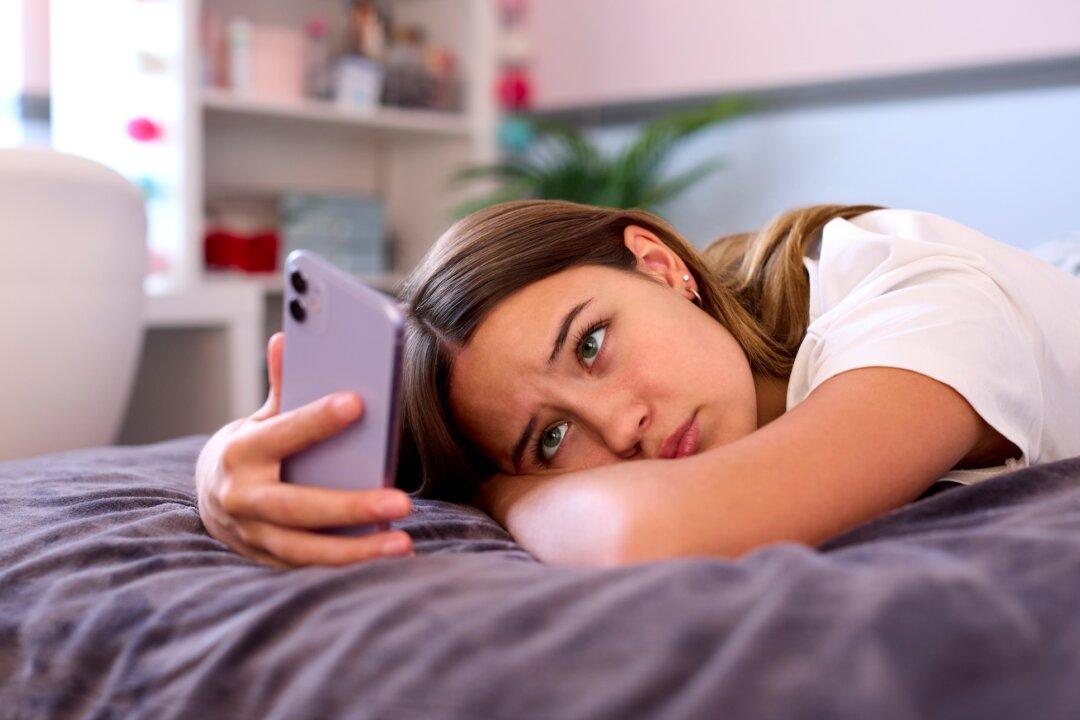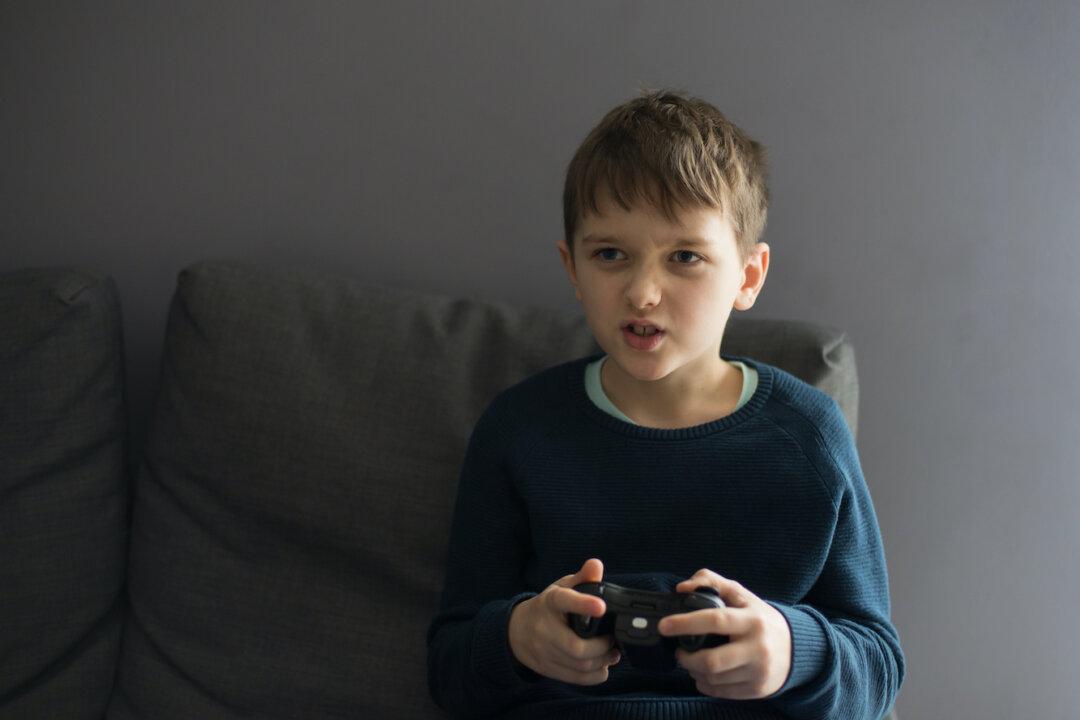In 2014, Marie Kondo, the Japanese organizational guru, rose to stardom with her No. 1 New York Times Bestseller, “The Life-Changing Magic of Tidying Up.” This subsequently launched her Netflix career, and she became a household name and initiated a nationwide frenzy of tidying up America. Her catchy method of cleaning up cluttered homes is connected to a feeling that is all too often overlooked: joy.
Kondo advises you to pick up each item and ask yourself if it sparks joy; if not, get rid of it. But what about things we can’t pick up?






